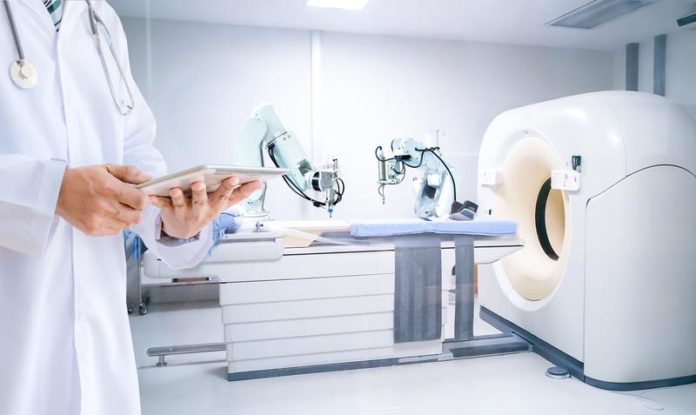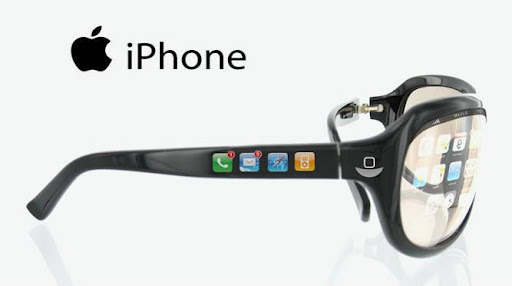In healthcare today, companies are leveraging technological advancement to develop new robotic applications. These robotic machines will help to improve the dispensing of healthcare, such as in bionics, rehabilitations, and disease discovery. Here is some information about robots in the medical field and if they could soon be our primary healthcare professionals.
Small Robots
The most recent development in healthcare includes microbots used for diagnosis, which are remote-controlled camera-equipped microdevices that can be safely swallowed by the patient and allow doctors to diagnose a condition. Prosthetics have changed in recent years, with bionic limbs becoming lighter, more affordable, and connected to the human brain. Telemedicine is a communication system enabled by robots to enhance remote communication between patients, doctors, and hospital staff.
Artificial Intelligence
The AI market in healthcare is expected to grow to attain an all-time high of $6.6 billion by 2021. Artificial intelligence projects are projected to take a much bigger role in 2020 and could revolutionize diagnostic procedures. The AI systems that have been under training to recognize features that are characteristic of various conditions are projected to be released in 2020, such as the IDx-DR. The IDx-Rx is an FDA-approved autonomous AI system that can diagnose diabetic retinopathy. Additionally, the RetinaScope, an application by the University of Michigan Kellogg Eye Center, is expected to enter the market in 2020. RetinaScope is an AI-diagnostic application that utilizes a smartphone camera to diagnose diabetic retinopathy. Other AI-base functions that are projected for 2020 are assisting in screening processes, enhancing outcomes in cancer patients, improve research in genetics, and remote monitoring of patients.
Other Uses of Robots in Healthcare
In hospitals, robots can be used for more than medical procedures. In 2020, robotic projects are expected to be utilized in cleaner rooms and sterilization to prevent infections. The delivery robots, which are diligent autonomous systems, are expected to free up professionals to focus on the patients. The robots will help improve hospital communication by providing a quick avenue for staff to communicate and diagnose. By letting the robots focus on the more mundane, yet important, tasks, doctors can get more done.
Robotic technology is here to stay, and, thus, several revolutionary robotics projects are expected in 2020 in the healthcare industry. The robots are expected to enhance treatment and improve long-term outcomes for patients. To attain all these goals, a few obstacles will have to be overcome in 2020.
















